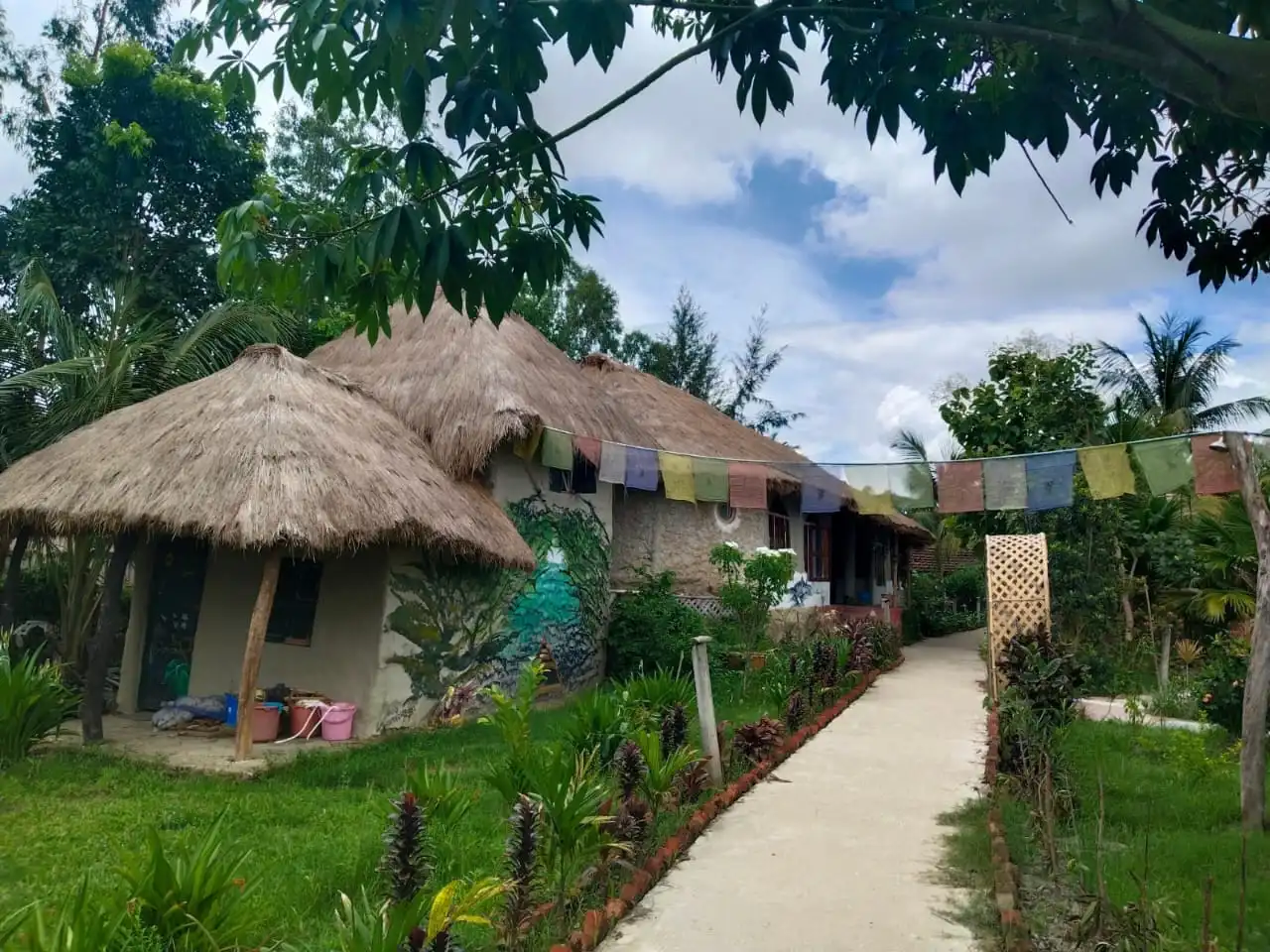How Sundarbans Ecotourism Benefits The Environment And Local Communities
The Sundarbans, a vast mangrove forest straddling the border of India and Bangladesh, is a UNESCO World Heritage Site teeming with biodiversity. While this unique ecosystem faces challenges like climate change and deforestation, a beacon of hope lies in ecotourism. This responsible form of tourism aims to minimize environmental impact while providing economic opportunities for local communities. Let’s delve into how Sundarban eco tourism benefits both the environment and local communities.

Ecotourism In Sundarbans: An Overview
Ecotourism in the Sundarbans, a vast mangrove forest shared by India and Bangladesh, has been recognized as a valuable tool for promoting environmental conservation and benefiting local communities. The Sundarbans, covering 10,000 km2 of mangrove forest, is home to a wide range of important flora and fauna, including endangered species such as the Royal Bengal Tiger and estuarine crocodiles.
Sundarban eco tourism development and management plans have been put in place to ensure that tourism practices are environmentally responsible and contribute to the well-being of the local people. This form of sustainable tourism not only supports conservation efforts and promotes environmental awareness but also creates employment opportunities, facilitates cultural exchange, and enhances food security for the local communities.
The implementation of ecotourism guidelines in the Sundarbans has shown improvements in promoting better living standards for the local community, with training and awareness programs being initiated to achieve this goal. Therefore, eco village resort and tourism in the Sundarbans is not only beneficial for the environment but also for the local communities, making it a valuable and sustainable approach to tourism.
Benefits of Sundarban Eco Tourism
Conservation Funding: Ecotourism generates revenue used for park maintenance, wildlife protection, and conservation initiatives. This helps preserve the delicate balance of the Sundarbans ecosystem.
Reduced Reliance on Unsustainable Practices: By providing alternative income sources through tourism, communities are less likely to resort to activities like unsustainable fishing or woodcutting, further protecting the environment.
Raising Awareness: Sundarban eco tourism exposes visitors to the unique wonders of the Sundarbans, fostering environmental consciousness and appreciation for conservation efforts. This translates into responsible tourist behavior and support for sustainable practices.
Habitat Restoration: Ecotourism projects often involve mangrove reforestation and other restoration initiatives, contributing to the health and resilience of the Sundarbans ecosystem.
Community Benefits Of Sundarbans
Economic Empowerment: Ecotourism and eco village resort in Sundarban creates jobs for local communities as guides, boat operators, homestay providers, and artisans. This improves living standards and fosters economic self-sufficiency.
Cultural Preservation: Sundarban eco tourism promotes traditional knowledge and practices related to the Sundarbans ecosystem. This helps preserve the cultural heritage of local communities and fosters pride in their unique way of life.
Improved Infrastructure and Services: Tourism revenue can be used to invest in infrastructure development like better sanitation, healthcare facilities, and education opportunities in local communities.
Empowering Women: Ecotourism projects often actively involve women in income-generating activities, leading to greater gender equality and improved social status within communities.
Challenges and Considerations
While ecotourism offers numerous benefits, it’s crucial to address potential challenges:
Balancing Tourism with Conservation: Managing visitor numbers and ensuring responsible behavior is essential to avoid negative impacts on the environment.
Ensuring Fair Distribution of Benefits: Tourism revenue should be equitably distributed within communities to avoid exacerbating existing inequalities.
Community Participation and Ownership: Local communities should be actively involved in planning and managing Sundarban eco tourism initiatives to ensure their long-term sustainability and cultural sensitivity.
Sundarban eco tourism presents a promising path towards a sustainable future for both the environment and local communities. By embracing responsible practices and ensuring community participation, ecotourism can become a powerful tool for conservation, economic development, and cultural preservation in this unique and vital ecosystem. So, the next time you consider exploring the Sundarbans, choose an ecotourism operator committed to responsible practices and contributing to the well-being of this extraordinary natural treasure and its people.
Conclusion:
The implementation of ecotourism in the Sundarbans has demonstrated significant potential in benefiting both the environment and local communities. By adhering to environmentally responsible travel practices and promoting the unique features of the area, Sundarban eco tourism has contributed to the preservation of the Sundarbans’ natural beauty and biodiversity.
Furthermore, it has created economic opportunities for the local population, leading to improved living standards and enhanced food security. While challenges such as the need for more environmentally sound transport mechanisms and the potential displacement of local communities exist, the ongoing efforts to promote sustainable tourism in the Sundarbans are crucial for achieving a balance between conservation and socio-economic development.
Therefore, the continued development and management of ecotourism in the Sundarbans hold great promise for the long-term well-being of both the environment and the local communities




